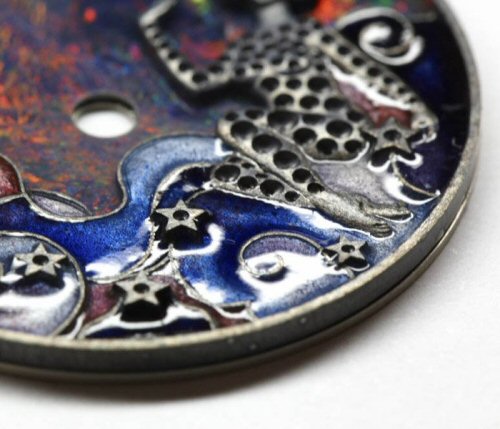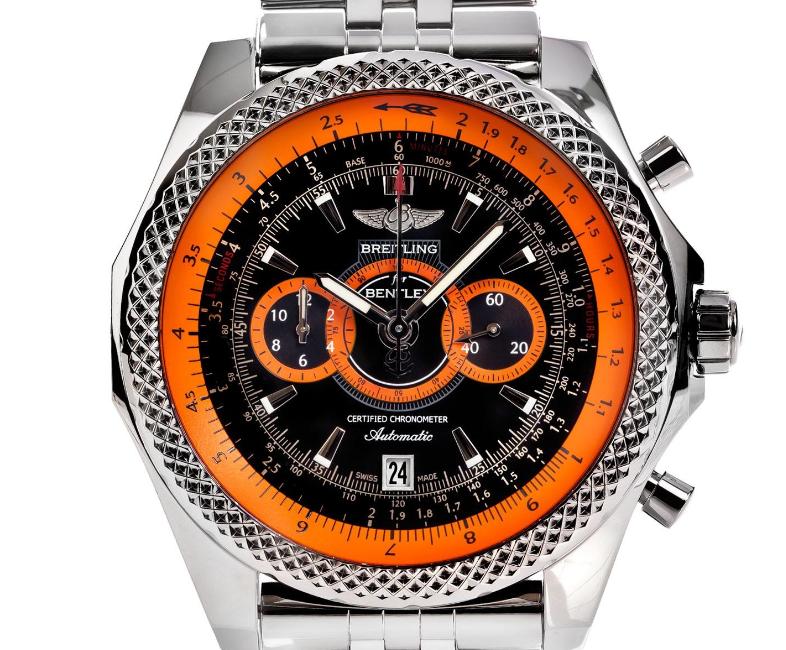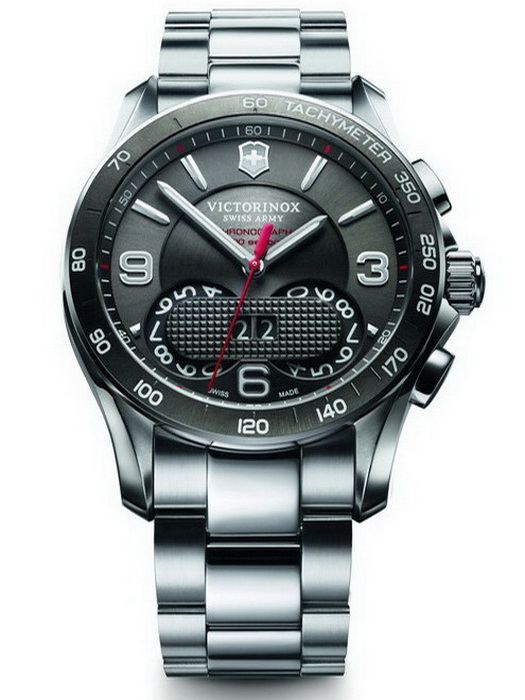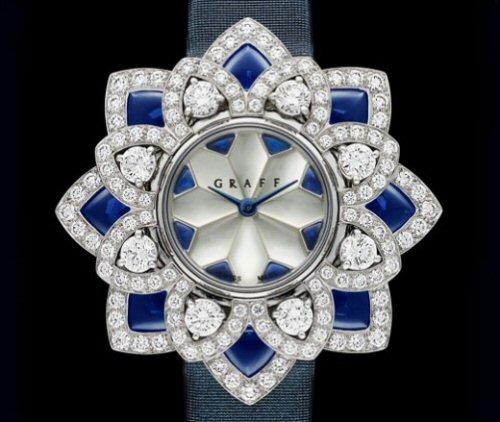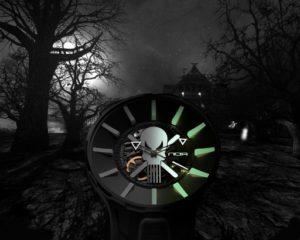It’s a fact; watches are impressive objects. They are coveted by love-struck fashion disciples and collected by fine art appreciators. You only have to open one up in order to gaze upon its truly astounding mechanical innovations, evolving continuously and appearing in a multitude of exciting forms. Of course, the inner beauty (and workings) of a watch is paramount, but its outermost beauty is equally as important in raising it from the doldrums away from other less ambitious watches and towards a potential purchaser. Today, the artistic skill of the worlds’ most gifted craftsmen and women is being showcased increasingly on some of the most breathtaking timepieces – mini-masterpieces, if you will – and the techniques employed are just as intriguing as the images themselves.
Grand Feu Enamelling
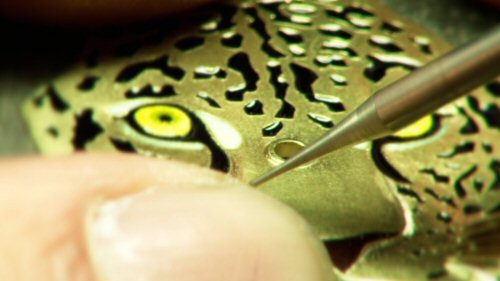

The Grand Feu enamel technique requires a high level of skill, patience and artistry, not least because of the plethora of colours available due to the metal oxides that occur in the mixture. Enamel can have temperamental tendencies, and often-times the outcome of a piece can be somewhat of a surprise. Done right, the results can be stunning. The metal base piece – usually gold – will be prepared for the enamelling, using one of two procedures. Cloisonné involves bending gold wires to outline the decorative pattern, creating sections into which the enamel will be applied with a brush or other fine implement such as a quill. Champlevé comprises of carving away sections of the metal base, with the artist subsequently filling the spaces with the enamel mixture. Once the piece is finalised, it is fired at extremely high temperatures – between 800 and 900°C – to ensure the vivid colours fuse to the metal’s surface. The enamellist must know how to judge the timing of the firing, as the risk of ruining many hours of work is high. Between four and 10 firings are necessary in order to bring out the intensity of the colours used. Cartier’s yellow gold Tortue watch, depicting a spectacular golden leopard, is one such example of this technique.
Vallonné Enamelling
Enamelling has the capacity for use in many forms when it comes to watchmaking, and another exquisite result can be had with the Vallonné technique. The featured design will seem to advance towards the wearer, due to the dial being engraved irregularly to create varying levels. Each section of the composition is ‘hilled’, with the outer edge nearer the case being rather more hollow to lend a trompe-l’œil effect to the central design. When the enamel is applied, darker shades will appear where the base is deeper, and lighter hues where the base is closer to the surface. Subtle colour gradations are revealed once the piece has been fired and polished, and thus creates a wonderful luminosity. Van Cleef & Arpels‘ Lady Arpels Cassiopeia watch shows just how striking the outcome can be.
Guilloché

Although not entirely a manually-applied technique, Guilloché is still impressive enough to warrant attention, especially as it was originally only carried out by hand. Supposedly named after French engineer Guillot – who was said to have invented a machine to do the job – the process involves intricate, repetitive patterns being precisely engraved, by hand or machine, into the base material. Sunbursts, swirls, flowers and ripples are just a handful of examples of the possible patterns that can be achieved; the permutations that can be applied means that there are literally endless possibilities for unique finishes. The blue butterflies of Chaumet’s Montres Précieuses piece are accentuated by the guilloché motif underneath.
Hand-painting
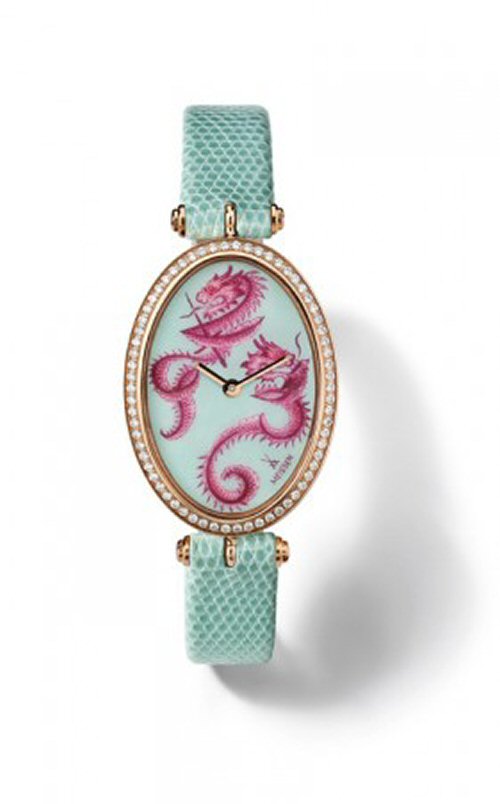
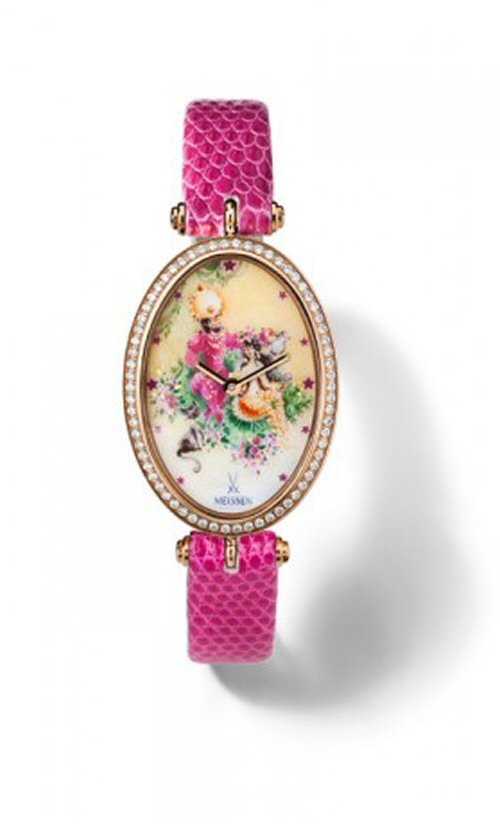
A perhaps less fiddly, but nevertheless intricately executed, technique is hand-painting. Meissen, the German manufacturer of luxury lifestyle items, offers delightfully dainty ladies’ watches featuring the most detailed scenes, painted onto the porcelain surface of the dial. The tools for such a task are painstakingly controlled, and the artist renders the design with as much care as though painting on a regular-sized canvas. The result is a colourful, yet elegant statement.

